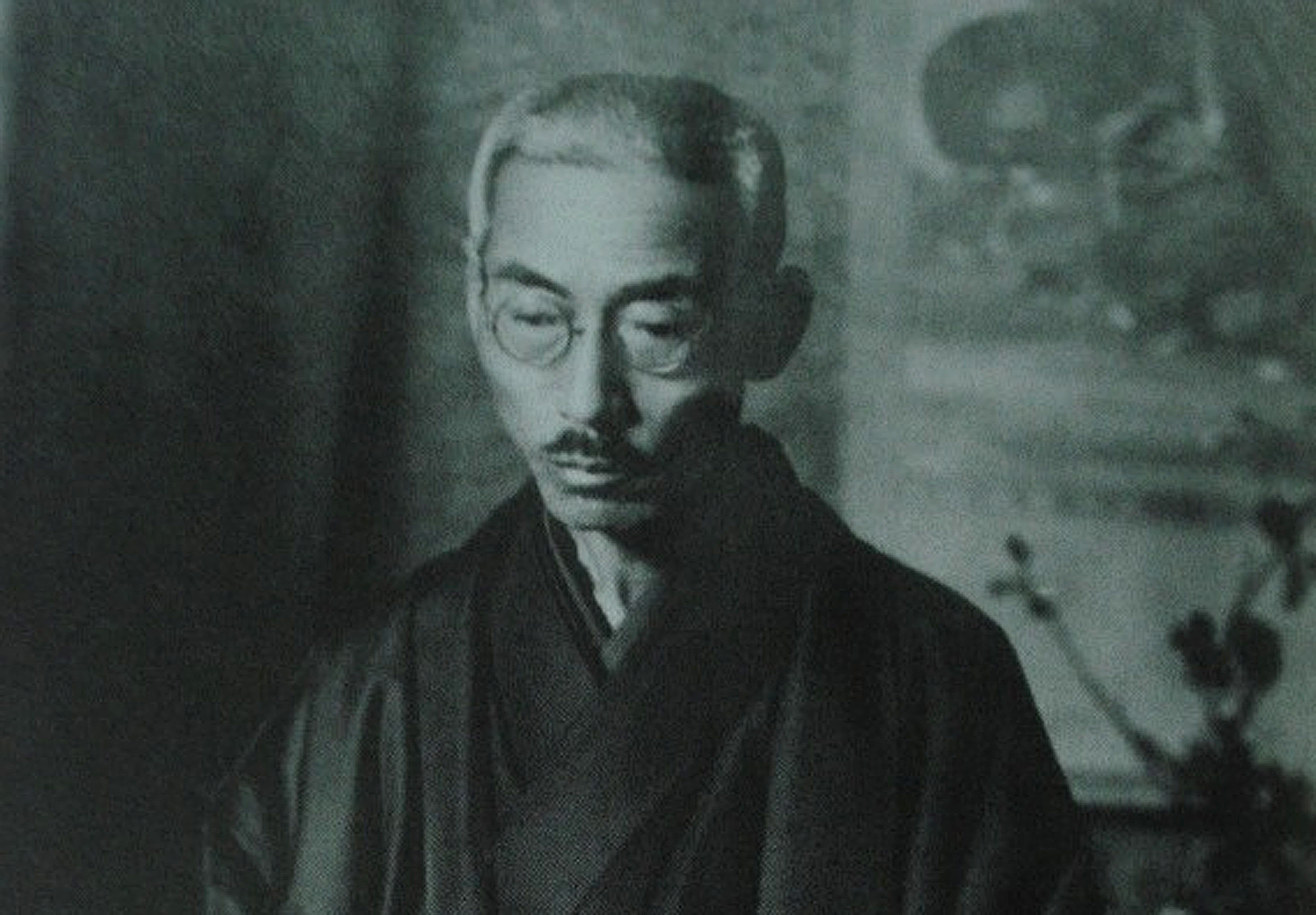The Chinese board game of go has fallen in and out of fashion over the past 2,500 years.
In China during the Han Dynasty (206 B.C.-A.D. 220), go was seen as a pastime for gamblers and layabouts, but by the 1600s it had come to rank among the "four arts" in which gentlemen were expected to be proficient. In Japan, it became the pursuit of warriors and the aristocracy from as early as the 8th century. Today the game is rich in lore, and stories of encounters on and around the board abound.
In 1835, for example, in what came to be known as the "blood-vomiting game," discord between rival go maestros led one ailing pupil to provoke his teacher's nemesis. The match took just over a week and eroded the young challenger's health to the point that, upon losing, he spat up blood on the board — and died two months later.



















With your current subscription plan you can comment on stories. However, before writing your first comment, please create a display name in the Profile section of your subscriber account page.